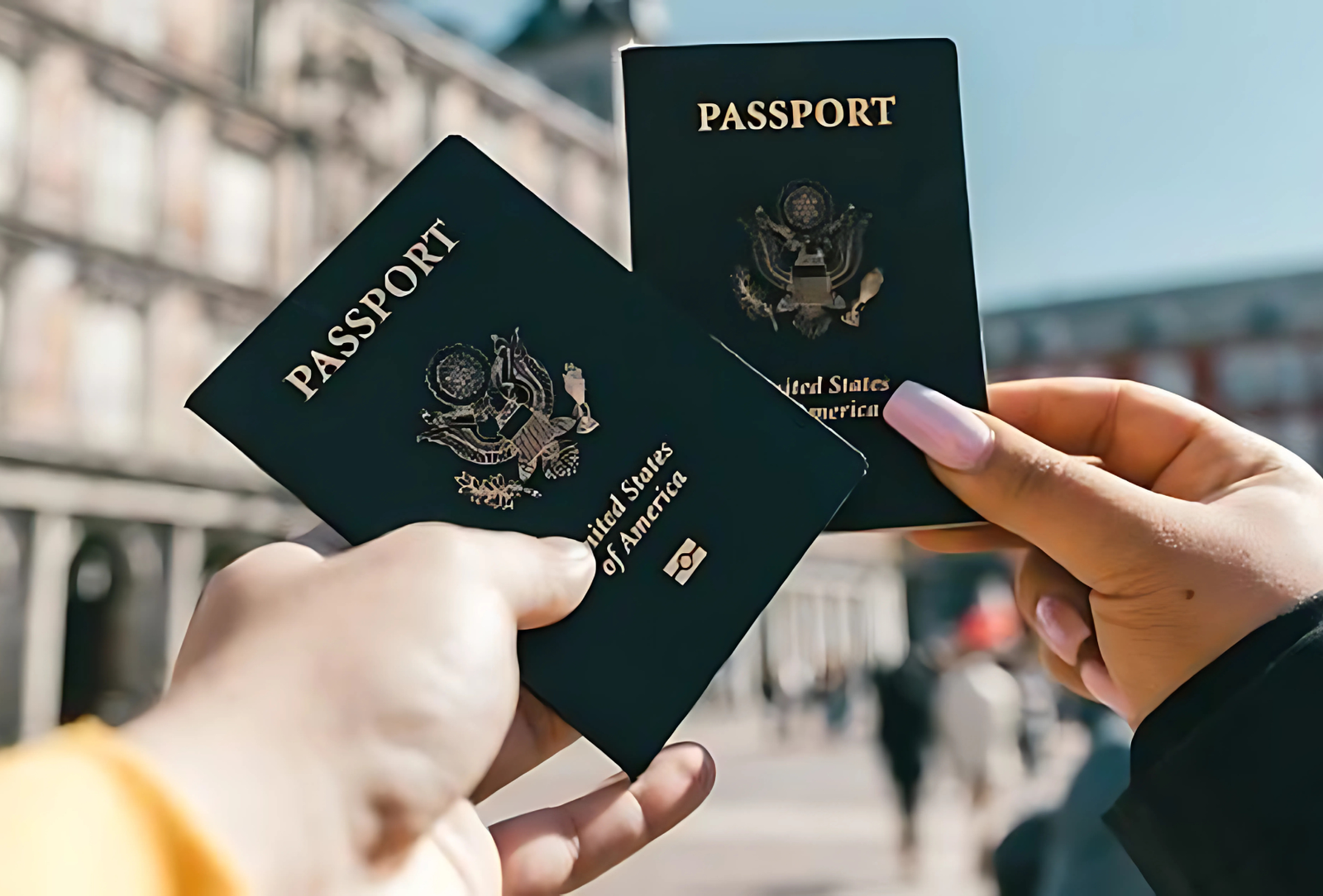The family-based green card process remains one of the most direct and effective ways for individuals to become lawful permanent residents of the United States. In 2025, this process is followed in a proper legal way where U.S. citizens and green card holders can secure permanent residency for their eligible family members by sponsoring them.
It is possible to bring your family members along with you through the system, but every step—from filing the petition to final approval—has to be handled very carefully.
Who Can Sponsor a Family Member?
Not every family relationship qualifies for sponsorship. The eligibility to sponsor depends on whether the petitioner is a U.S. citizen or a lawful permanent resident.
If You Are a U.S. Citizen, You Can Sponsor:
- Your spouse
- Children (unmarried and under 21)
- Unmarried sons or daughters (21 or older)
- Married sons or daughters of any age
- Parents (if the sponsor is 21 or older)
- Brothers and sisters (if the sponsor is 21 or older)
If You Are a Green Card Holder, You Can Sponsor:
- Your spouse
- Unmarried children (under 21 or over 21)
In the family-based green card process, grandparents, parents, uncles or cousins are not eligible for sponsorship.
Step 1: File the Petition (Form I-130)
First, you need to file Form I-130 — this shows there is a genuine family connection between the sponsor and immigrant.
In addition to Form I-130, the sponsor must also submit the following documents:
- Passport, green card or naturalization certificate to show legal status
- Proof of relationship, such as birth or marriage certificate
- Filing fee to be paid to the government
- Passport-style photos of both sponsor and applicant
Once USCIS receives the form, a receipt notice is issued. Processing times vary by relationship type and location.
Step 2: Wait for Visa Availability (If Not Immediate Relative)
Not all green card applicants can apply immediately after I-130 approval. For many relatives—especially siblings or adult children—there is a wait for visa availability under the family preference category.
The U.S. government issues a limited number of green cards per category each year. Applicants can track visa movement using the monthly Visa Bulletin issued by the Department of State.
Immediate relatives such as spouses, parents, and children under 21 (if U.S. citizens) do not have to wait — they can proceed directly after approval.
Step 3: Apply for Green Card (Adjustment of Status or Consular Processing)
Once the visa is available, the next step depends on the location of the applicant — whether he is inside the US or outside.
- Inside the U.S.: File Form I-485, Adjustment of Status with USCIS.
- Outside the U.S.: File Form DS-260 through a U.S. consulate or embassy abroad.
Along with the form, applicants have to submit necessary documents, have to pay some extra charges, and have to be ready for fingerprinting and personal interview.
Step 4: Interview and Decision
Most applicants will have a personal interview during the green card process. Its purpose is to verify the relationship and identify any issues that could lead to a green card denial.
In cases involving a spouse, both individuals may be interviewed to confirm the marriage is legitimate. The officer may ask about shared finances, living arrangements, and daily routines.
If everything goes right, the green card is approved. But if USCIS needs more details, they can send a Request for Evidence (RFE).
Common Issues That Delay Approval
The immigration process is often delayed. Here are some factors that slow things down for a family-based green card:
- Missing documents
- Incorrect filing fees
- Expired medical exams
- Address changes not reported
- Background check issues
If you plan everything properly from the beginning, the chances of delays and errors are greatly reduced.
Green Card Validity and Conditions
Mostly family-based green cards are given for 10 years. But if the marriage has been going on for less than 2 years, then the green card will be given for only 2 years – that too will be conditional. Before it expires, couples must file Form I-751 to remove the conditions.
Failing to do so on time can result in loss of permanent resident status.
2025 Filing Fees and Processing Times
Fees as of 2025 (subject to change):
- Form I-130: $535
- Form I-485: $1,440 (includes biometrics)
- Form DS-260: $325
- Form I-864 (Affidavit of Support): $120
- Medical Exam: Varies ($250–$500)
Estimated timelines:
- Immediate relatives: 10–14 months
- Family preference categories: 2–10+ years depending on the category and country
The Process Needs Precision
The Green Card process is designed to allow families to stay together, legally, in the US. But this process is not automatic at all. Each application must meet strict requirements—proof of relationship, financial sponsorship, correct filing, and timely response to USCIS notices.
If a mistake is made, the case could be significantly delayed — or even result in a complete denial. Whether you’re bringing a spouse, sponsoring a parent, or helping your child join you in the U.S., each case requires thorough attention.
Need Help With a Family-Based Green Card? Talk to Orange Law. Our team works with families across the U.S. and abroad to navigate every step of the family-based green card process. If you’re sponsoring a loved one, we can help you avoid delays, organize documents, and respond to USCIS efficiently.
Call Orange Law today to schedule a free case review with an immigration attorney.



